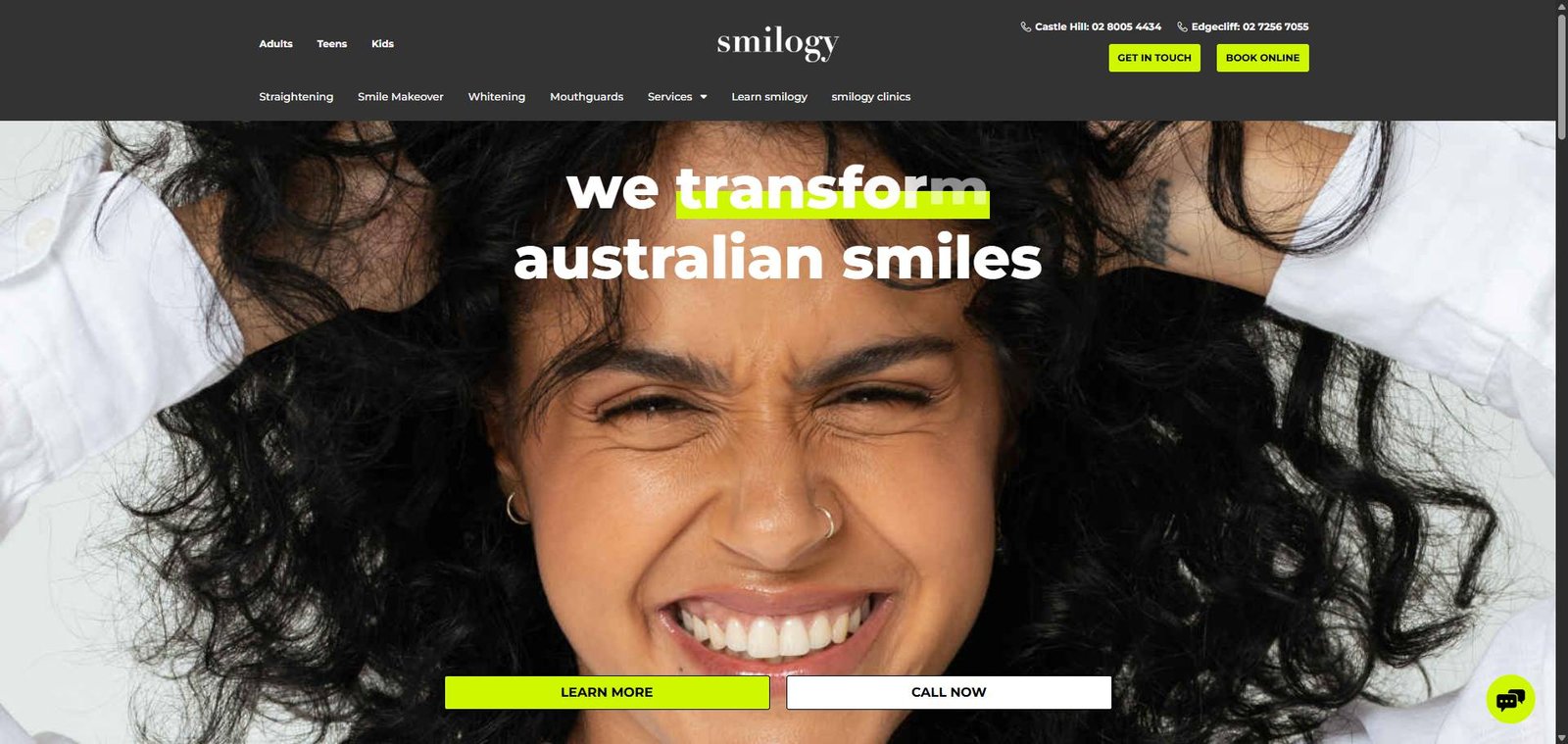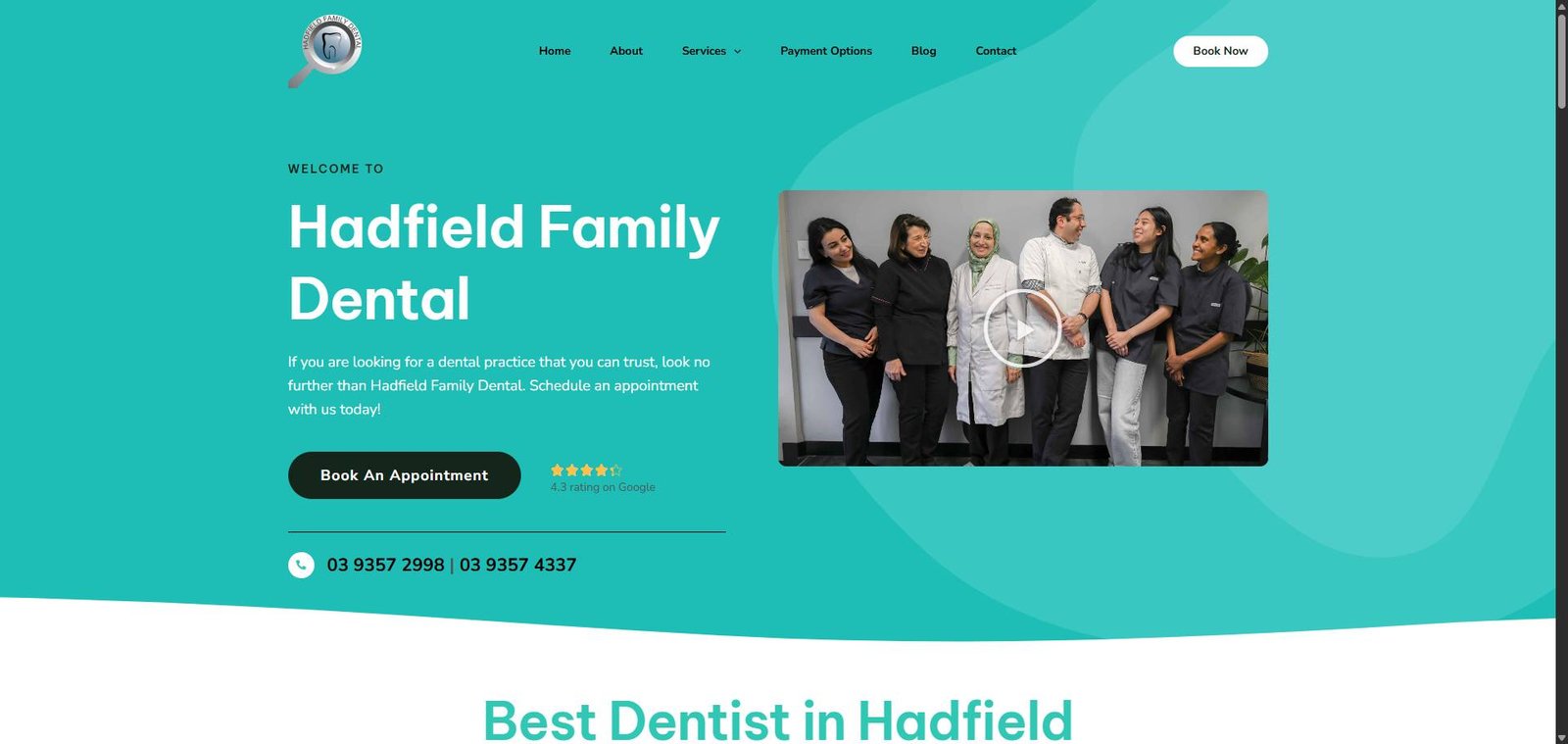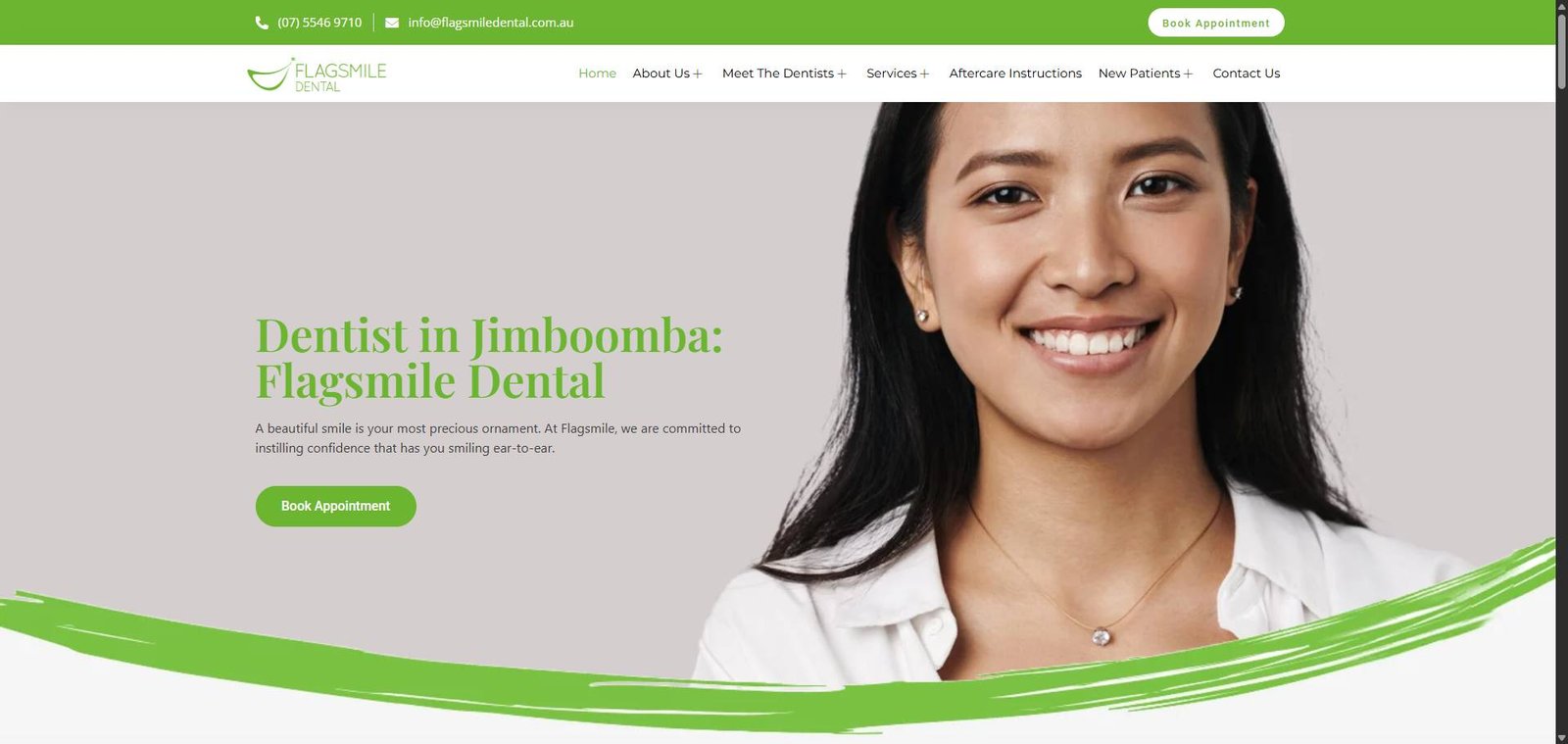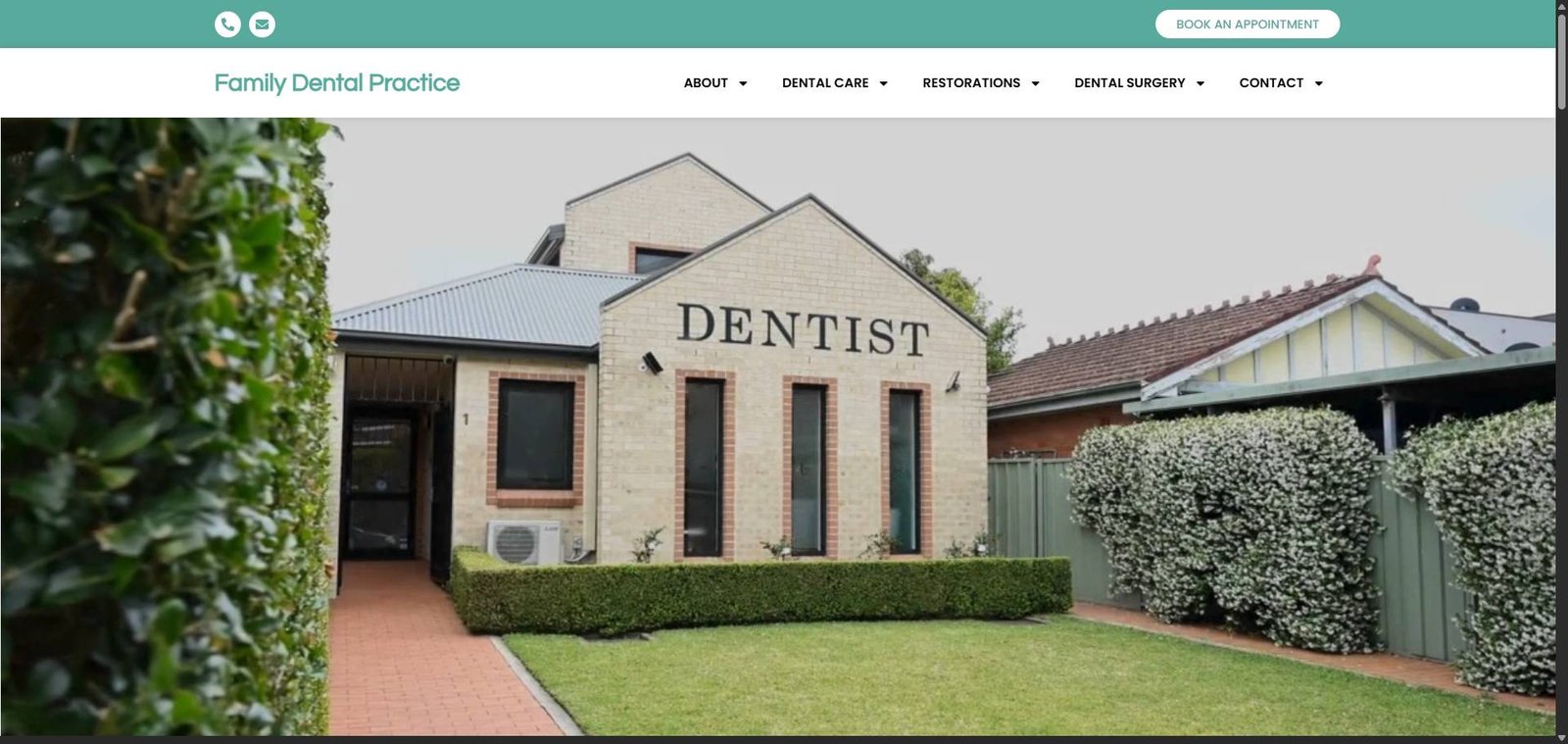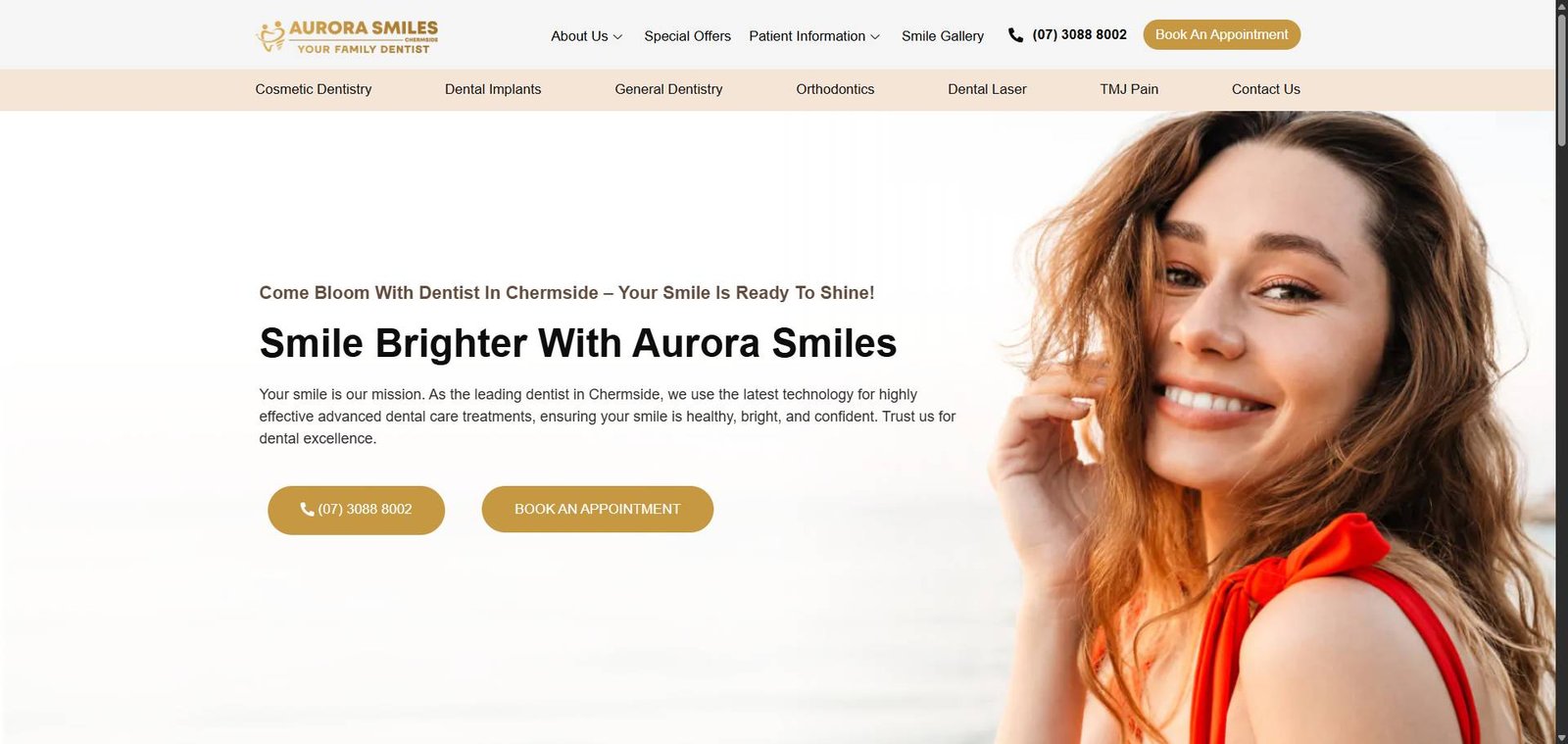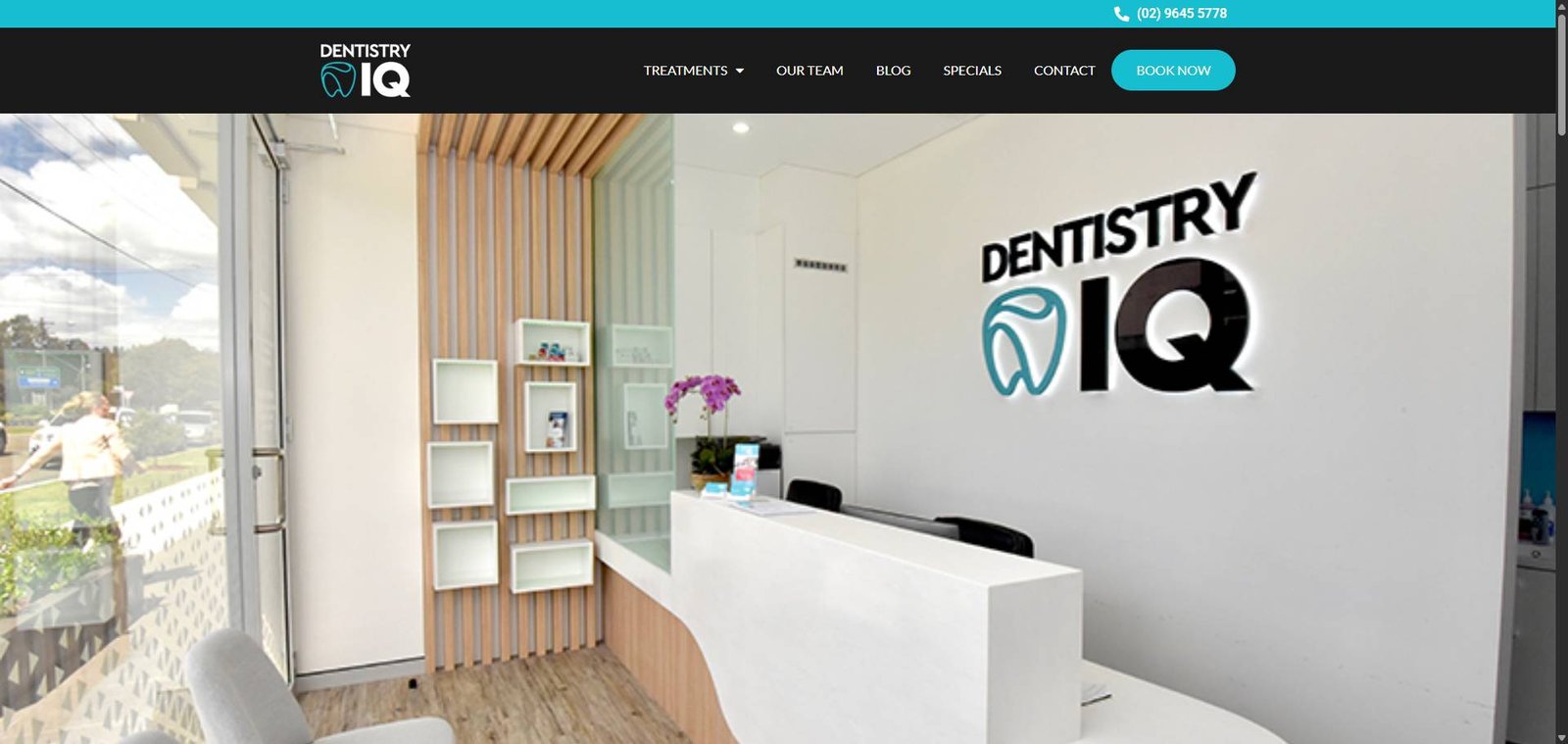If your Meta Ads performance dropped after Apple’s iOS privacy updates, you’re not alone. The App Tracking Transparency (ATT) rollout limited Meta’s ability to track user behavior across apps. That meant weaker retargeting, unreliable reporting, and a steeper cost per acquisition (CPA).
But advertisers are still seeing results. You just need to approach Meta Ads differently.
In this post, you’ll learn what’s working now—based on proven tactics, real results, and what we see across live campaigns.
What Changed with iOS Privacy Updates?
Apple’s App Tracking Transparency (ATT), released in iOS 14.5, asked users whether they wanted apps like Facebook to track them. Most said no.
That decision blocked Meta’s pixel from tracking many off-platform actions. As a result:
- Retargeting pools shrank
- Reporting became modeled or delayed
- Conversions became harder to attribute
- Return on ad spend (ROAS) appeared lower
Meta’s systems had less data to optimize from. Many advertisers saw drops in performance.
How Meta Adapted to the iOS Privacy Shift
To respond, Meta introduced two key tools:
- Aggregated Event Measurement (AEM):
Allows tracking of up to 8 prioritized conversion events per domain, even with limited data. - Conversions API (CAPI):
Sends conversion events from your server directly to Meta, bypassing browser-based limitations.
Together, they help recover some lost visibility—but they need proper setup and a shift in how you run ads.
Current Challenges Advertisers Still Face
Even with AEM and CAPI, performance tracking isn’t perfect. Challenges include:
- Delayed attribution: Events may take up to 72 hours to show.
- Smaller retargeting audiences: You reach fewer people.
- Higher CPA: Especially for conversion-focused campaigns.
- Data mismatch: Modeled results in Meta may not match real backend data.
That’s why advertisers must use first-party data, creative diversity, and alternative signals to improve Meta Ads in 2025.
What’s Working Now in Meta Ads (Post-ATT Era)
Let’s break down what’s delivering results today:
a. Leaning Into First-Party Data
First-party data is information you own, such as email addresses, purchase history, and CRM lists.
Why it works:
- Higher match rates than pixel-based data
- Custom Audiences are more reliable
- You can build Lookalike Audiences from verified data
Use email and phone uploads, integrate CAPI with your CRM, and remarket to engaged contacts.
b. Using Broad Targeting with Smart Creative
Meta’s machine learning now works best with broad audiences and rich creative variety.
- Skip tight interest stacks
- Use Advantage+ placements and let Meta choose where to show your ad
- Test multiple creatives and copy angles in one campaign
Meta rewards campaigns that give it space to learn from patterns, not rigid filters.
c. Optimizing for High-Signal Events
Meta needs clear signals to know what “success” looks like. Instead of waiting for a purchase, track these mid-funnel signals:
- Add to cart
- Initiate checkout
- Lead form started
- Scroll depth or page engagement (via server-side data)
These actions happen more often, giving Meta more data to learn from.
d. Improving Conversion Tracking with Conversions API (CAPI)
CAPI sends events from your server, which improves data accuracy—especially when cookies are blocked.
Works alongside the pixel (use deduplication to prevent double-counting)
Connects easily via Shopify, WooCommerce, or Google Tag Manager
Boosts match rate by passing user data like emails and phone numbers
According to Meta, using CAPI in addition to the pixel can increase event match quality by up to 20%.
e. Using Aggregated Event Measurement Smartly
AEM limits you to 8 prioritized events. Choose wisely:
- Purchases
- Leads
- Add to Cart
- Content Views
- App Installs
- Trial Signups
Set them up in Meta Events Manager in the order of importance to your business goals.

Platform-Specific Strategies That Help Post-iOS
You may notice some ad formats now perform better than others:
Strategy | Why It Works |
Instagram Reels & Stories | Low CPM, high engagement, especially for vertical video |
Lead Ads (on-platform) | Reduces drop-off since users don’t leave Meta |
Broad Lookalike Audiences | Still effective if sourced from first-party data |
Tip: Test your strongest creatives in Reels, Stories, and Feed placements. Meta will push the best-performing version.
Performance Tracking in a Privacy-First Environment
You can’t rely on Meta Ads Manager alone.
How to cross-verify performance:
- Add UTMs to every ad and track in Google Analytics 4
- Compare reported conversions with your CRM data
- Look at total revenue lift—not just ROAS inside Meta
This “triangulation” method helps you see the real performance of your campaigns.
Summary: Where Advertisers Should Focus in 2024
To keep your Meta Ads strong after iOS privacy changes, focus on:
- First-party data (email, phone, CRM events)
- Smart targeting (broad audiences, signal-rich objectives)
- Creative testing (multiple variations, short-form video)
- Server-side tracking (CAPI + deduplication)
- Attribution cross-checking (GA4 + backend + Meta)
These methods work best together—don’t rely on one fix.
FAQs
They blocked apps from tracking users across other apps, reducing data Meta used for targeting and optimization.
Because Meta receives less accurate data from user behavior, affecting ad delivery and reporting.
AEM is Meta’s system for tracking up to 8 high-priority events even when users opt out of tracking.
CAPI sends conversion events from your server, helping Meta recover missing data and improving match quality.
Yes, but it works better using first-party data like email lists or app activity rather than pixel-only audiences.
Broad targeting with creative variety allows Meta’s algorithm to optimize more effectively.
Use CAPI, GA4, and your CRM to verify campaign performance across multiple data sources.
Yes—especially if you build them from strong sources like purchases, leads, or high-LTV users.


